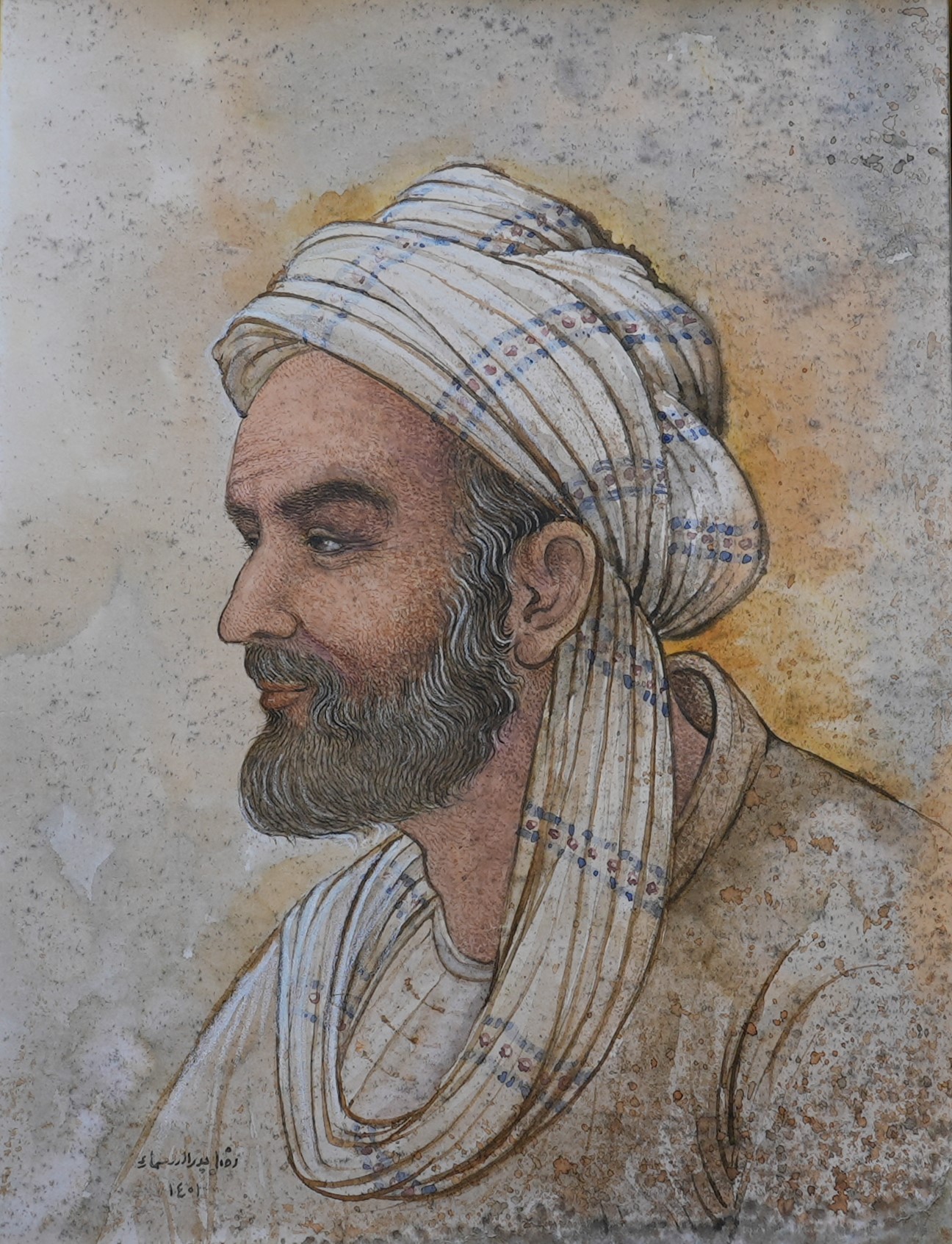Abstract of the report of T.H. Starodub, PhD in Art Studies, delivered at the conference “Revolution and Evolutin in Islamic thought and history” on 6 October at the RAS Institute of Philosophy
The question mentioned in the report title stems from the ambiguity of style definitions of the early art works of the emerging Muslim world, which further evolved in a special type of civilization, later called Islamic civilization. To be more precise, this is a question about parallelness or alternativeness of adaptation processes perceived as forced reconciliation with a foreign tradition and/or adaptation (as voluntary acceptance and using) to cultural heritage in order to adopt it, to modify and to appropriate.
According to some indirect data, both processes might have started (or been prepared) well before the Muslim Arabs stepped out of the Arab peninsula. If this statement was confirmed, it would have become one of the arguments in favour of initial absence of subversive revolutionary energy in the formation of aesthetic ideas of Muslims during the reign of the “rightly guided caliphs” and the Umayyads.
The Umayyad Caliphate’s art works demonstrate the absence of ideological message, non-uniformity and diversity of style reference points and preferences, as well as pragmatic usage of other art systems’ experience.
During the late reign of the Umayyads and early reign of the Abbasids, the expansion of Islamic world included appropriation of some traditions little known to Arabs or not known at all, shift of craftsmen’s “centres of attraction” and creation of new hubs of art activities.
This was bound to cause complication and proliferation of multiple adaptation/adoption processes and acceptance or rejection of voluntarily or the involuntarily inherited past.
Only an analysis of concrete works can define to what extent these processes were responsible for the extinction of old visual art styles of the Arab Caliphate and the creation of new ones. For the researchers of this subject, these works include such well-known and well-described works as the Umayyads’ “desert castles” Qusayr Amra (frescos) and Qasr al-Mshatta in Jordan (carved stone low relief of the south façade, now kept in the Islamic Art Museum in Berlin), visual and plastic arts of the “desert castles” Qasr al-Hayr al-Gharbi (Syria) and Khirbat al-Mafjar (Jordan), the mosaics of the Islamic sanctuary in Jerusalem (Dome of the Rock) and the Great mosque of Damascus, reliefs of the buildings of the Abbasid Samarra (Iraq), the Fatimids’ Fustat in Cairo, the Jameh mosque in Nishapur (Iran), the frescoes of the Lashkar-I Bazar palace (Afghanistan) and especially the miniature pictures of diverse illustrated manuscripts of the Islamic world, starting from the treatise of Abd al-Rahman al-Sufi and others.
The conference programme, photos and video records are available on the official website of the Institute of Philosophy.
Photo by Dina Anokhina



